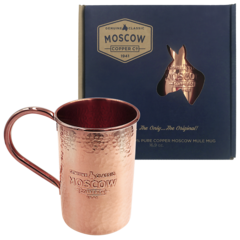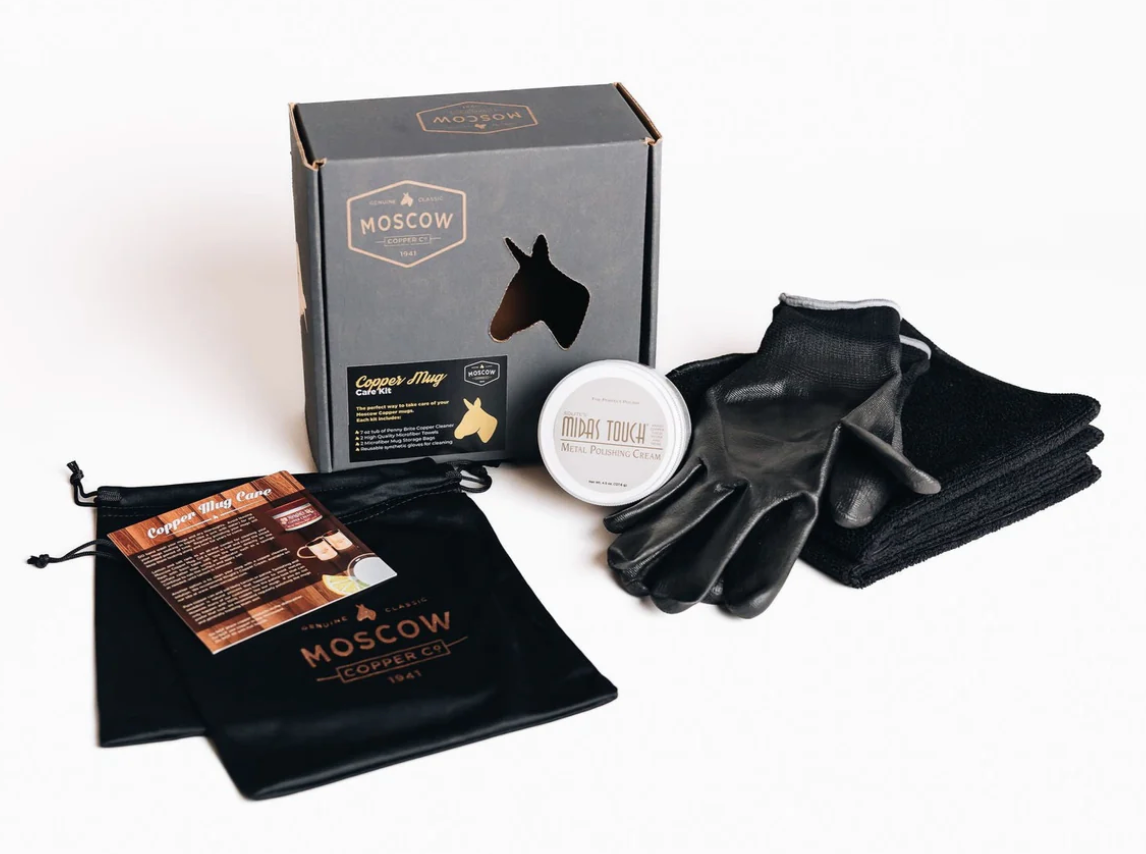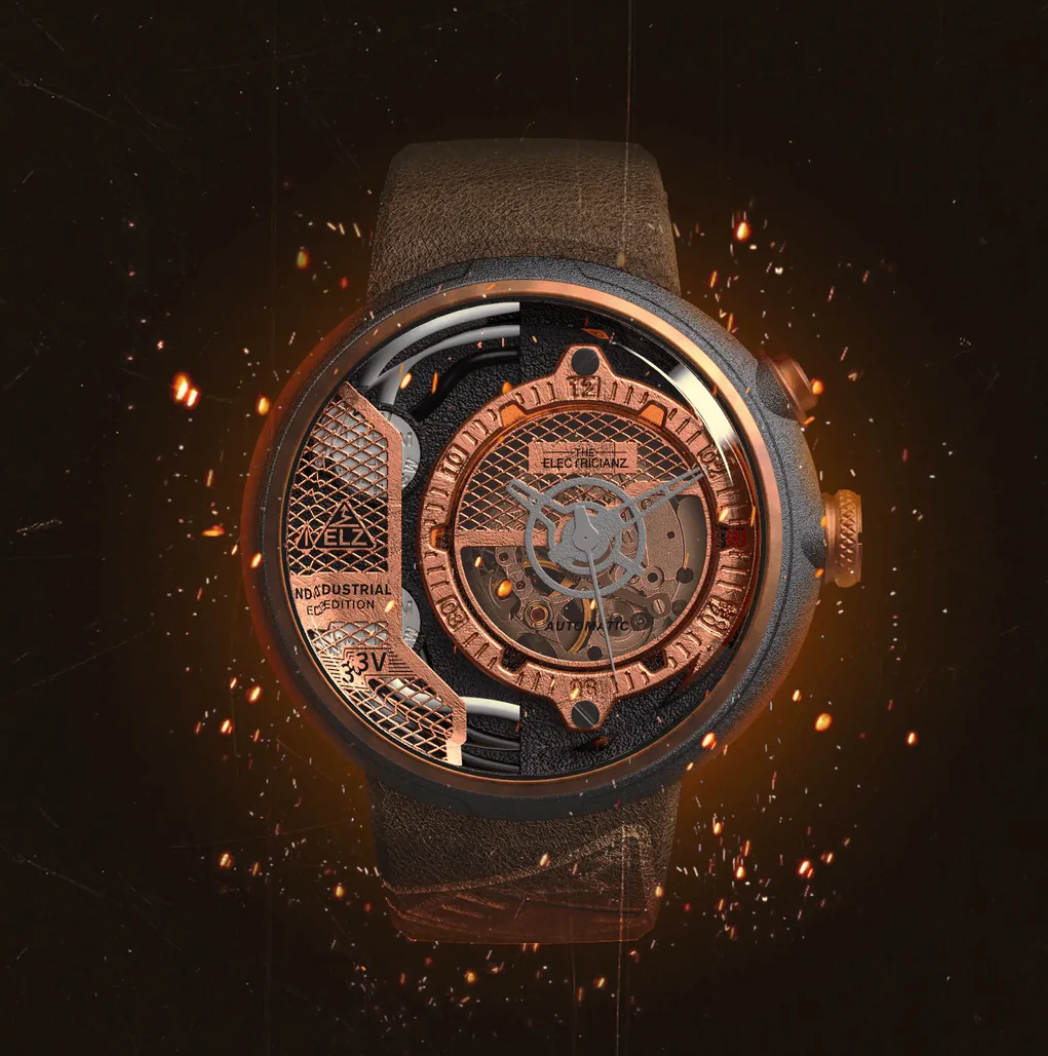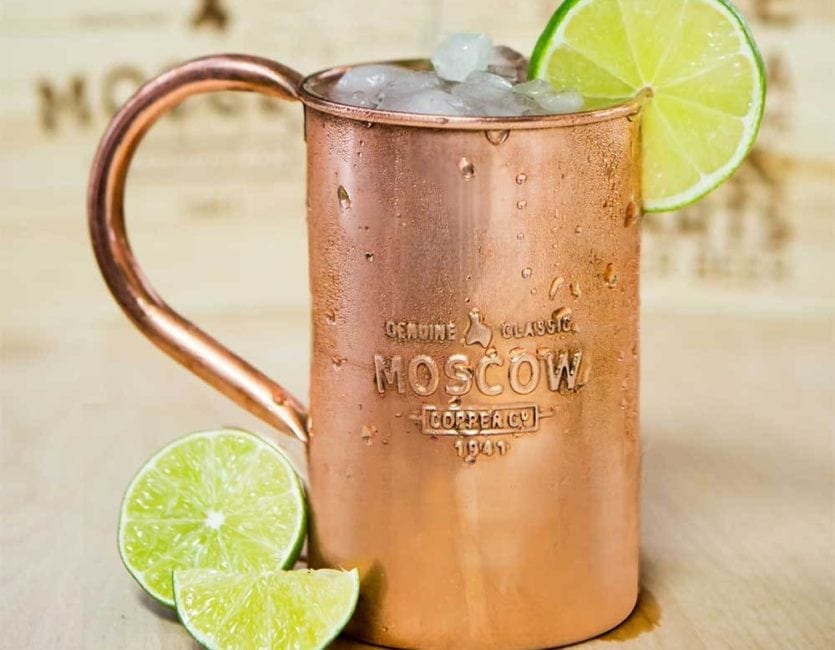The human body requires an array of micronutrients to survive. Among them: copper. Meaning, copper cups aren’t just essential for Moscow Mules, the metal is also essential for survival.
The Office of Dietary Supplements advises that adults adhere to a dietary intake of 900 mcg. Doing so is said to support a variety of health benefits from fighting cancer-causing free radicals to anti-aging and weight loss.
But the benefits of drinking from copper certainly aren’t new. Copper has been used for decorative, utilitarian and health purposes dating back 10,000 years. In fact, it was one of the first metals discovered by man and was used exclusively for more than five millennia!
According to History.com, “Humans may have started smelting copper as early as 6,000 B.C. in the Fertile Crescent, a region often called ‘the cradle of civilization’ and a historical area of the Middle East where agriculture and the world’s first cities emerged.”
Today, we’re stepping back in time for a tour of copper’s international evolution.
The Bronze Age
Starting about 3300 BC, if you used any kind of tool, weapon, or armor it was almost certainly made with bronze. For centuries, it was the most prolific metal around and so popular that it defined a stretch of 2,000 years known as ‘The Bronze Age’.
During this time humans made major technological achievements like the wheel and writing that still help our societies run to this day.
Copper, originally from its namesake Cyprus, was popular in the Middle East, while the true origins of bronze remain unknown. Though different civilizations entered into the Bronze Age at different times, China and Greece 3000 BC and Britain in 1900 BC, its reign ended abruptly and all at once around 1200 BC. The cause is likely due to a collapse of the ancient world and the creation of international trade routes.
Out of necessity, copper and its alloys kept the world going when trade interruptions threatened to undo centuries of progress. Many of the staples that evolved are still in use today.
Tamra Jal + Ayurvedic Era
The history of copper continues in India. There, storing water in copper vessels and cups is a process known as Tamara Jal, which began thousands of years ago.
The region is the known birthplace of a practice of natural remedies collectively known as Ayurveda, which translates to “knowledge of life”. To help balance the three doshas (Kapha, Vata, and Pitta) or elements associated with Ayurveda, water is kept in a large copper vessel or pitcher overnight and ingested first thing in the morning. The act helps maintain a balanced pH level in the body by utilizing the electro-magnetic energy of the metal to ionize the water.
Additionally, The Hindu explains, “a 2012 study published in Journal of Health, Population, and Nutrition, storing contaminated water in copper for up to 16 hours at room temperature considerably reduces the presence of the harmful microbes, so much that the researchers inferred that ‘copper holds promise as a point-of-use solution for microbial purification of drinking-water.’”
Benefits of Drinking From A Copper Cup
Can drinking out of copper reduce your risk of cancer? Help you lose weight? Slow down the effects of aging? Science says yes.
Copper’s ability to kill harmful bacteria, viruses, and free radicals also make it an easy choice for the health conscious. One University of South Carolina study looked at copper’s purification power in the hospital space, finding that, “Antimicrobial copper surfaces in intensive care units (ICU) kill 97% of bacteria that can cause hospital-acquired infections.” In other words, the more copper used in a hospital room’s exterior, the less likely infection is to spread.
While that doesn’t mean you don’t have to properly clean your copper mugs, it does mean that you’re less likely to pick up COVID-19 when drinking out of them in public places.
Some even believe that copper’s healing properties can be used topically, too. “Many people wear copper jewelry –– bangles, for example –– and they claim that it’s good for their arthritis, the argument being that copper is absorbed through the skin,” says Bill Keevil, director of the Environmental Healthcare Unit at the University of Southampton.
The history of copper is a fascinating journey through health and utility throughout the ages. Our ancestors have long looked to it for a variety of health benefits that are now backed by research. If you’re looking for a sizable copper vessel to purify your morning water and balance the body, consider this 96 oz copper mug.
Need help making your selection or just want to talk about how cool copper is? We’re here.






